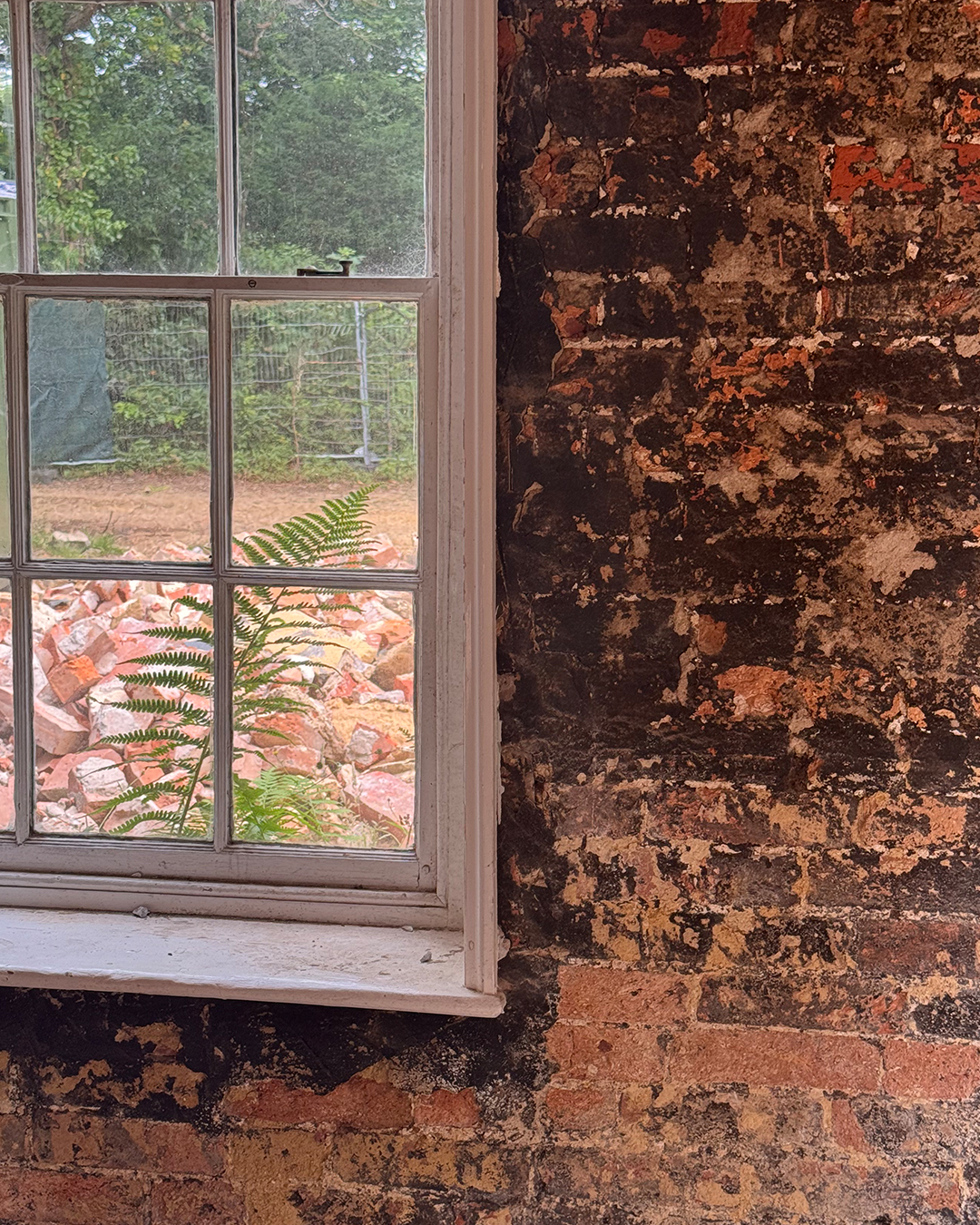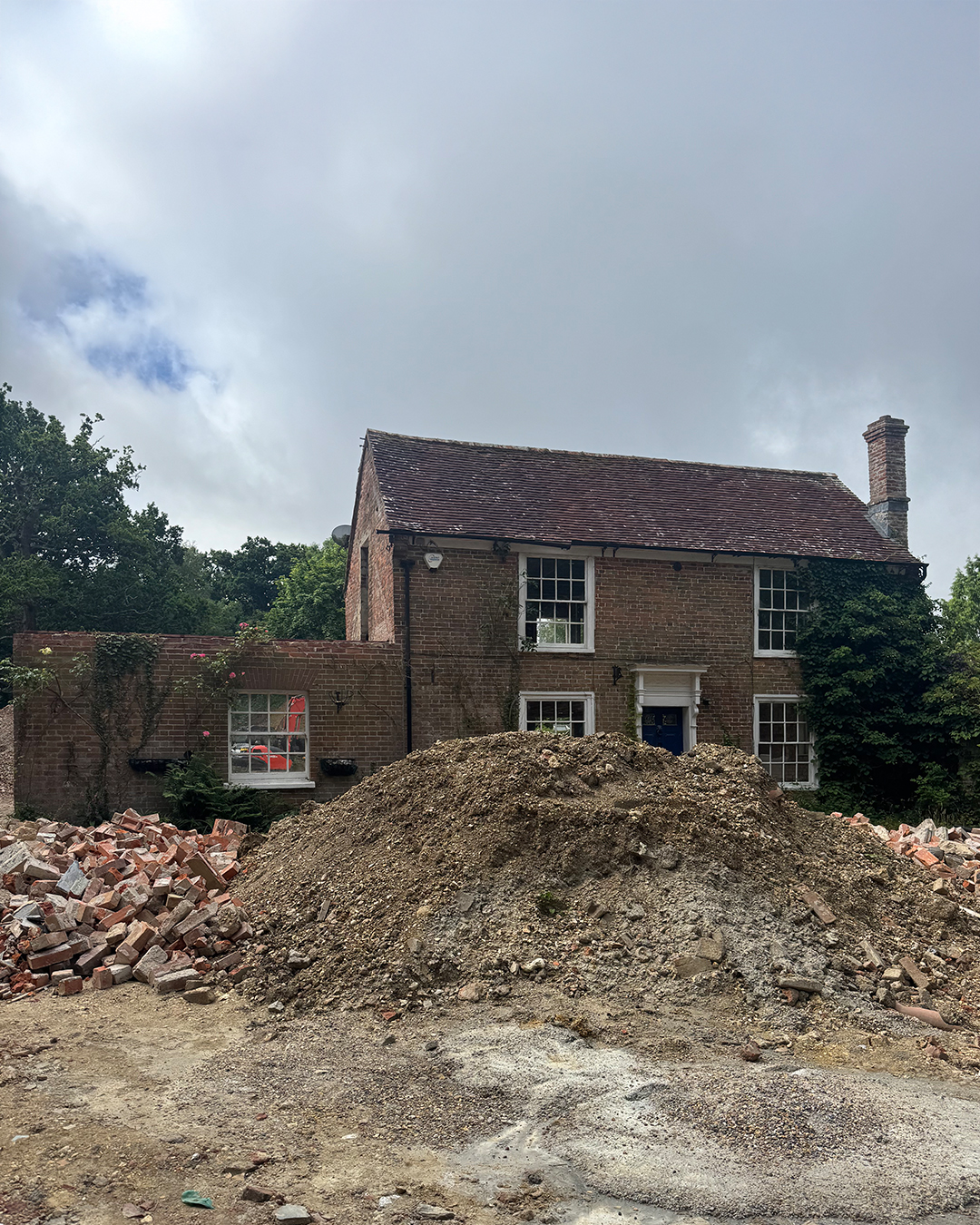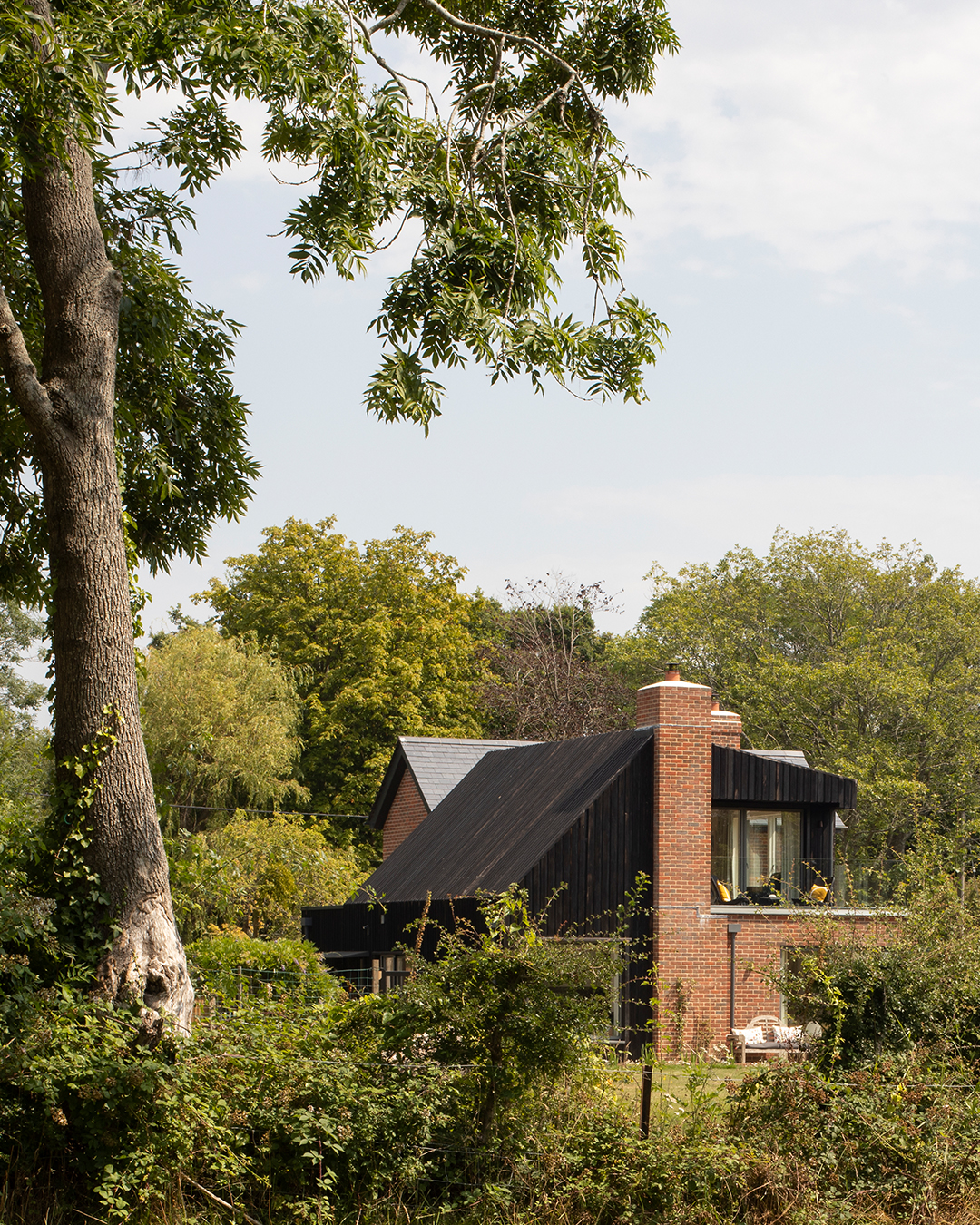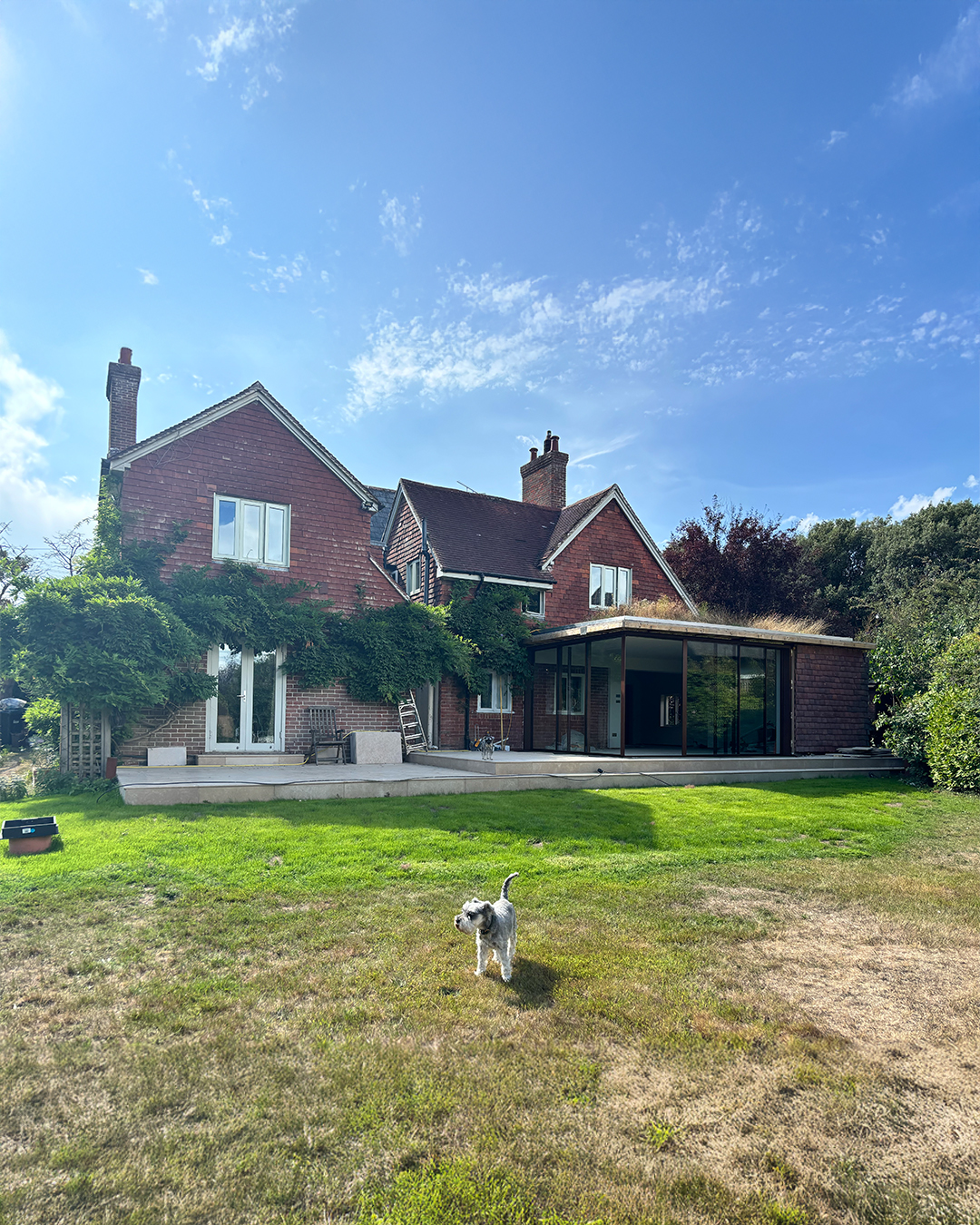Insights; Buildings that breathe
Rather like wearing silk, cotton or linen in a heat wave, traditional building materials allow the building to breathe; letting moisture move through the components as the environment changes. Clay bricks, stone, cob and, lime mortars and renders, are all vapour-permeable as well as hygroscopic and have responded to the seasons for centuries. By allowing the ebb and flow of water vapour and water in liquid form they can accommodate the subtle seasonal movements in traditional buildings.
The beating heart of a breathing building – that’s what the cyclical graphs of WuFI calculations resemble. A thermodynamic modelling software that simulates moisture and heat transfer through building components over time, using real climate data, to help assess risks such as interstitial condensation and mould growth. A tool like this is critical when balancing heritage and performance. Upgrading the thermal performance of historic buildings is a delicate balancing act. On one side lies the need for energy efficiency and comfort; and on the other the preservation of architectural heritage and material integrity. Achieving this balance requires a deep understanding of traditional materials, moisture movement and building physics.
So what happens when we use non-breathable, cementitious-based materials in traditional buildings? Well, the building stops breathing. The moisture that enters the brick through wind driven rain can’t evaporate, the wet warm air inside condenses and there is a significant risk of damp, mould-growth and decay. Starving the building of its ability to breathe will eventually destroy it.
At our Keepers Lodge faced with a brick solid-walled cottage (built well before the turn of the 20th century), with years of unsympathetic additions, including cement render, bituminous paint, and gypsum plaster, the task was undertaken to understand the needs of a breathable building. Stripping the building back to its structural bones gave the building a reprieve from the moisture build-up behind the finishes. The challenge is then how to thermally upgrade it, to meet Building Regulations, and respect the heritage and materiality.
To preserve a historic brick elevation, (and achieve the Part L threshold value of 0.7W/sqmK for existing solid walls ) the only real option is to use internal wall insulation (IWI). One of the critical challenges with internal wall insulation is the risk of interstitial condensation – when moisture condenses within the wall build-up. This can occur if moisture is unable to escape, especially when insulation slows down heat transfer. And this can be a silent killer – it can lead to rotting timber, mould growth, salt migration and structural damage. To mitigate this, careful design and assessment are essential. This is where breathable insulation and materials offer the solution – materials that work with the building, not fighting its nature, but supporting it.
There is no one-size fits all approach. Each building’s age, construction, exposure and use must be considered. With the support and guidance of passionate lime and wood-fibre insulation specialists (Unity Lime and Soprema), a solution was devised. To work with the severe exposure rating of the location, a delicate balance between wood fibre boards and insulating lime plaster was investigated – if the insulation was too thick, the relative humidity within the wood fibre would be too high, causing risk of mould and eventual decay – not enough and the threshold U-value couldn’t be achieved. With the valuable input of the WuFI calculations, a thick internal coat of insulating lime plaster is proposed to support a thinner layer of wood fibre board topped with an authentic breathable lime plaster – together these materials work poetically together. Creating the beat for the dance of the water vapour, allowing the building to breathe, flex and age with grace.
Retrofitting historic buildings isn’t just a technical challenge – it’s a conversation across centuries. Every brick, beam and lime-washed wall tells a story. When we step in to improve comfort and energy performance we’re becoming part of the story. To not silence their voices we must listen to them breathe – and in using materials and methods that honour their original rhythm.
A building that breathes is a building that lives.




